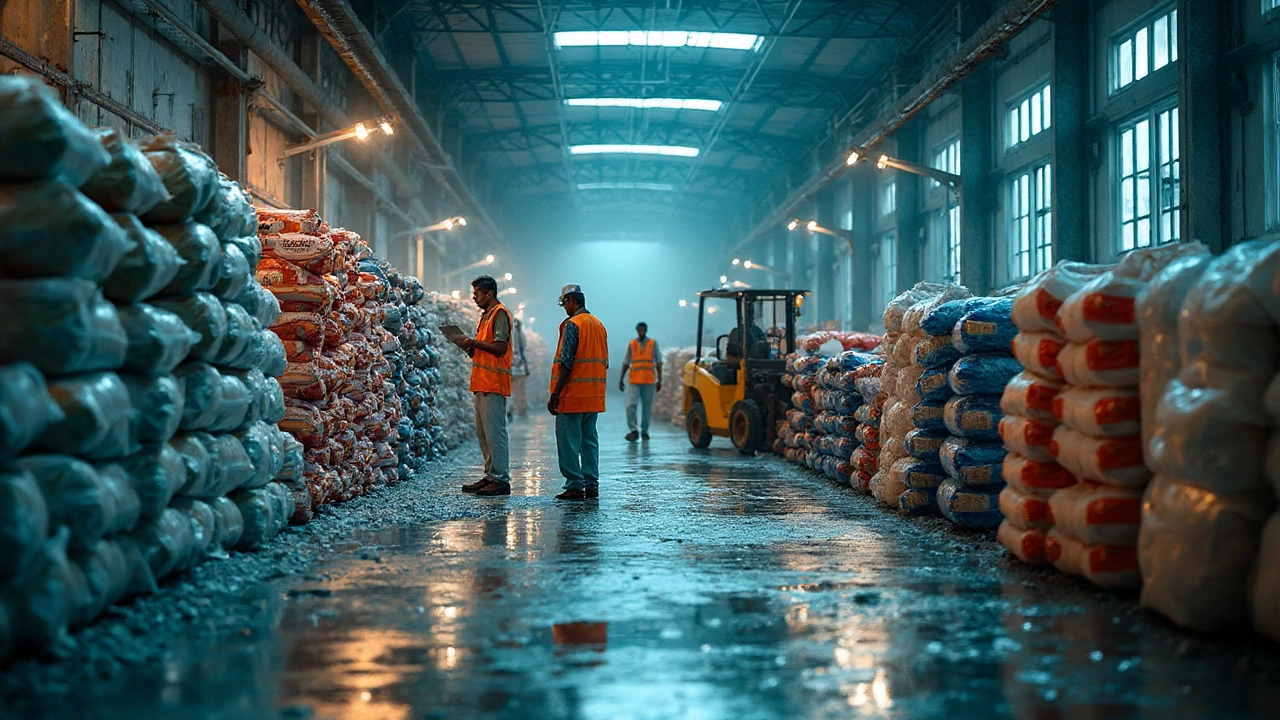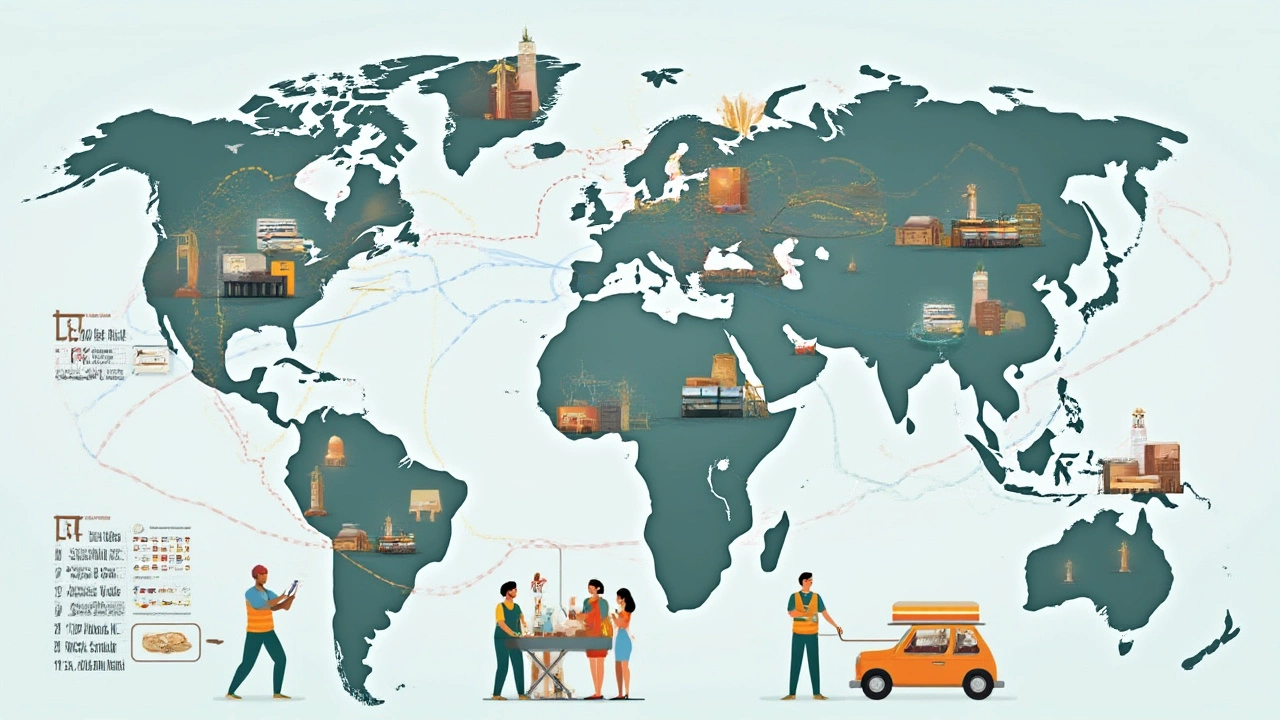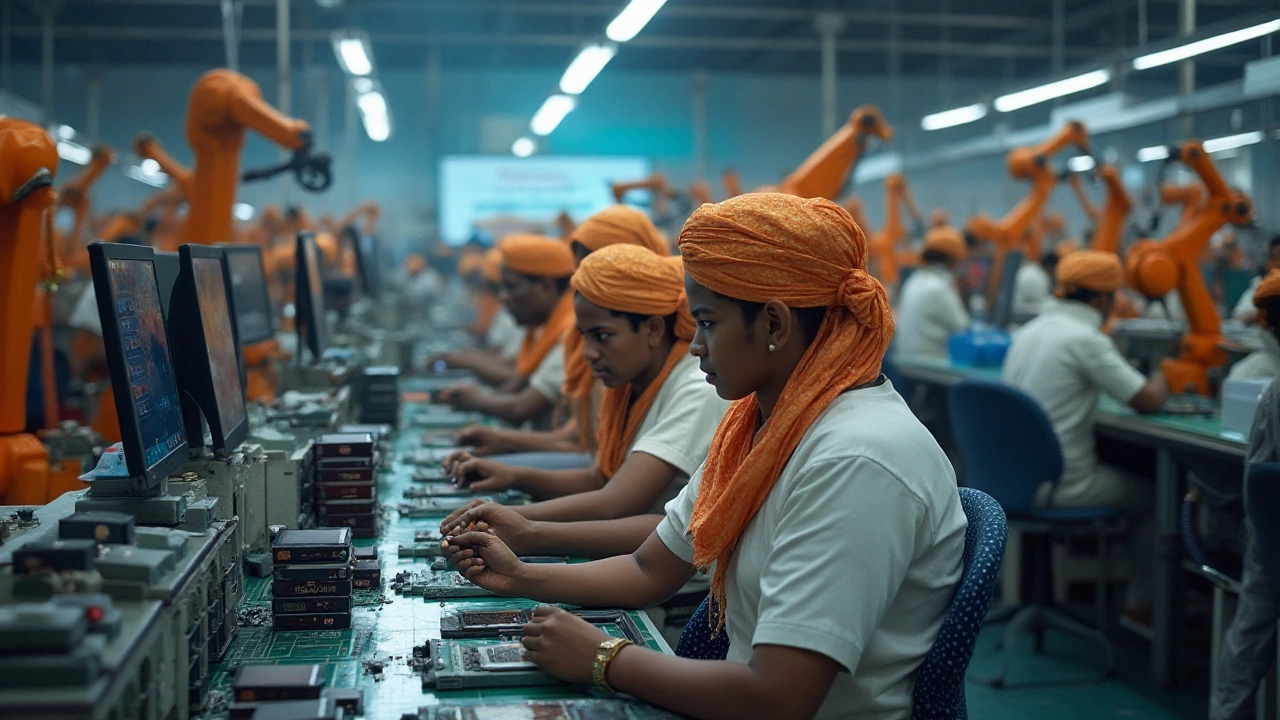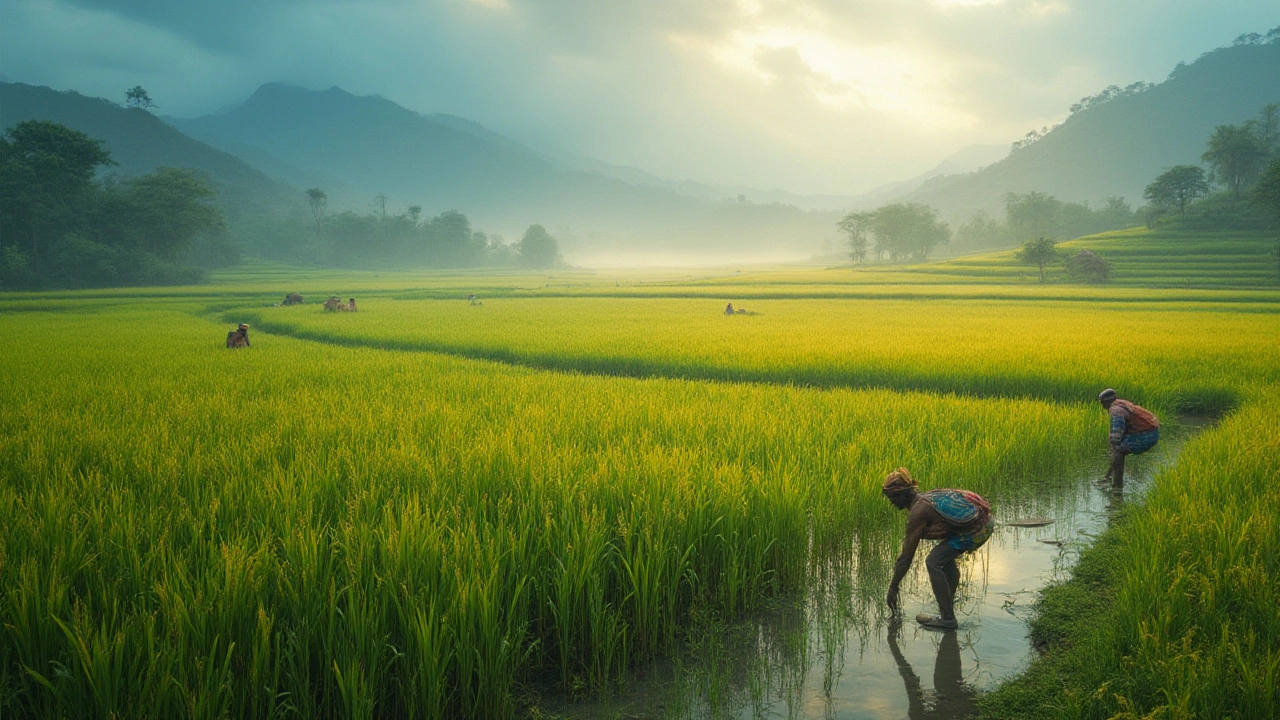Plastic in Demand 2025: What’s Shaping the Future?
When talking about plastic in demand 2025, the projected need for polymer products worldwide by the year 2025. Also known as 2025 plastic market forecast, it captures the balance between growing consumer use and tightening environmental rules. The plastic industry, global manufacturers of resin, packaging, and consumer goods is the engine behind that balance, while sustainable manufacturing, processes that cut waste, recycle materials, and lower carbon footprints acts as a brake and a steering wheel at the same time. In India, the Indian market, one of the fastest‑growing consumers of packaged goods and construction materials adds the regional flavor, influencing both supply chains and regulatory pressure. Finally, agricultural packaging, plastic films, bags, and containers used to protect crops and extend shelf life ties the story back to food security and export potential. Together these entities form a web where "plastic in demand 2025" plastic demand forecast encompasses market growth, requires raw material stability, and is influenced by sustainability goals.
Why the Numbers Matter and What’s Driving Change
First, consumer habits are shifting. Urban middle‑class families in India are buying more ready‑to‑eat meals, which means a surge in single‑use trays and wrappers. At the same time, e‑commerce platforms demand lightweight, protective packaging that can travel long distances without breaking. This demand spike is a primary attribute of the plastic industry: high turnover volume and diverse product lines. Second, government policies are tightening. The Indian Ministry of Environment pushed stricter recycling targets for 2025, forcing manufacturers to adopt sustainable manufacturing techniques—like closed‑loop recycling and bio‑based resins—to stay competitive. Third, raw material costs are fluctuating. Crude oil price swings affect polymer prices, making supply chain resilience a key attribute for any player in the market. Fourth, climate‑risk awareness is rising among investors. Companies that integrate circular economy principles into agricultural packaging see better financing terms, creating a feedback loop that pushes the entire sector toward greener practices. These four attributes—consumer demand, regulation, raw material economics, and investment pressure—form semantic triples: "plastic in demand 2025" requires "sustainable manufacturing", "plastic industry" influences "agricultural packaging", and "Indian market" shapes "plastic demand forecast".
Below you’ll find a curated set of articles that unpack each piece of this puzzle. From deep dives into how the plastic industry adapts to new recycling laws, to case studies on sustainable manufacturing in Indian factories, to practical tips for using plastic packaging in agriculture, the collection offers actionable insights. Whether you’re a policy maker, a factory manager, or a farmer looking to understand the packaging trends that will affect your next crop, the posts ahead give you the facts and strategies you need to navigate the 2025 landscape.
Which Plastic Is in Demand in 2025? Resin Winners, Use-Cases, and Sourcing Tips
The 2025 plastics winners: rPET, rHDPE/rPP, LLDPE films, HDPE pipes, PET, PP for autos/appliances, and EVA/POE for solar. Clear reasons, risks, and buying tips.
- manufacturing
- India
- food processing
- garden tips
- rice cultivation
- government schemes
- balcony garden
- urban gardening
- balcony gardening
- profitable business
- business ideas
- plastic manufacturing
- drip irrigation
- plant care
- steel manufacturing
- sustainable gardening
- startup ideas
- steel industry
- flower gardening
- textile manufacturers






